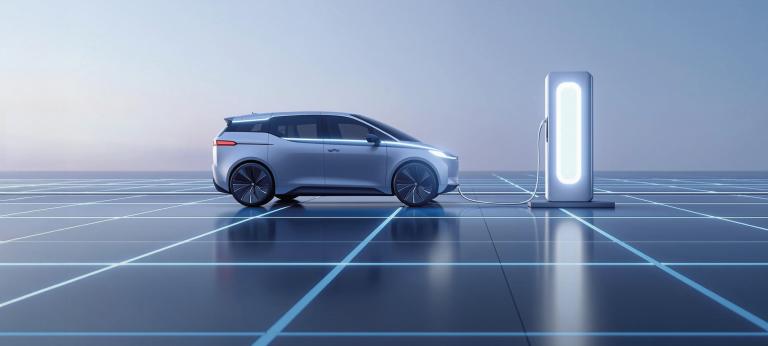EV Charging Index 2025: Steady progress
Despite tough market conditions, global EV use and charging infrastructure showed continued steady growth in 2024. Learn more in Roland Berger’s latest EV Charging Index.


By Timothy Wong
Thailand's impressive progress in e-mobility saw it finish 9th in this year's EV Charging Index. After a massive jump in 2023, EV sales growth stalled slightly, but Thailand's charging infrastructure is expanding rapidly and user satisfaction levels are high.

Thailand has pursued EV adoption with greater commitment than most other Southeast Asian countries. The government is supporting e-mobility through subsidies for battery electric vehicle (BEV) purchases and tax incentives as part of its 30@30 policy. This mandates that by 2030, at least 30% of vehicles produced in Thailand must be zero-emission vehicles (ZEVs).
Under Thailand’s previous EV 3.0 policy, BEV importers were granted tax incentives as well as a price subsidy of up to THB 150,000 (USD 4,500) per vehicle, making them a similar price to comparable ICE cars. This resulted in a 618% CAGR in the number of new BEVs sold from 2022 to 2023.
In 2024, however, sales were affected by the introduction of Thailand's EV 3.5 policy (effective 2024-2027). The policy includes a reduction in subsidy from THB 150,000 to THB 100,000 (USD 3,000) in the first year, THB 75,000 (USD 2,300) in the second year, and THB 50,000 (USD 1,500) in the third and fourth years. Stricter loan requirements also saw greater spending restraint among consumers.
Despite the decrease in EV sales, Thailand's EV sales penetration rate actually increased slightlyin 2024, from 18% to 20%, due to lower demand for ICE cars.
"Thailand's charge-point sufficiency compares favorably with neighboring countries, but its geographical spread could improve."
Meanwhile, EV manufacturers have been increasing investment in Thailand-based production facilities. In the government's latest EV 3.5 policy measures, it has looked to capitalize on this by promoting localization in manufacturing and positioning the country as an EV production hub.
Thailand has also looked to boost electrification in the commercial and public transport sector, including electric buses, trucks and motorcycles. The program will run until 2027.
One constraint that could hinder Thailand’s rapid EV expansion is that its public charging infrastructure may fail to keep pace with the country's EV ambitions.
According to data from the Electric Vehicle Association of Thailand, as of December 2024, there were 11,467 charging points (5,685 AC and 5,782 DC) nationwide. This 50:50 split between AC and DC charge points is comfortably above the global average of 39% DC chargers. However, the government’s target of 12,000 DC chargers by 2030 is still some way off.
Overall, Thailand's charge-point sufficiency compares favorably with other Southeast Asian nations, except China. According to our survey, 40% of EV drivers in Thailand find charging infrastructure insufficient – below the Southeast Asian average of 49%.
Meanwhile, 93% of respondents find charging has become more convenient over the last six months – well above the global average and slightly better than most of Thailand's Southeast Asian neighbors.
One area for improvement is geographical spread: public charging stations are still concentrated in major urban areas like Bangkok, with rural areas remaining underserved.
The market for charge point operators is starting to consolidate. PTT Group, Thailand's state-owned oil and gas company, operates EV Station PluZ, the market leader in Thai public EV charging, with almost 30% market share. It aims to increase its charge point offering to 7,000 by 2030.
The second-biggest operator is Energy Absolute, under the EA Anywhere brand, with a 16% market share. This is followed closely by PEA Volta, with 13% of the market share, which is managed by Provincial Electricity Authority.
Register now to to discover the latest insights, emerging trends and upcoming challenges in the EV and EV charging markets.